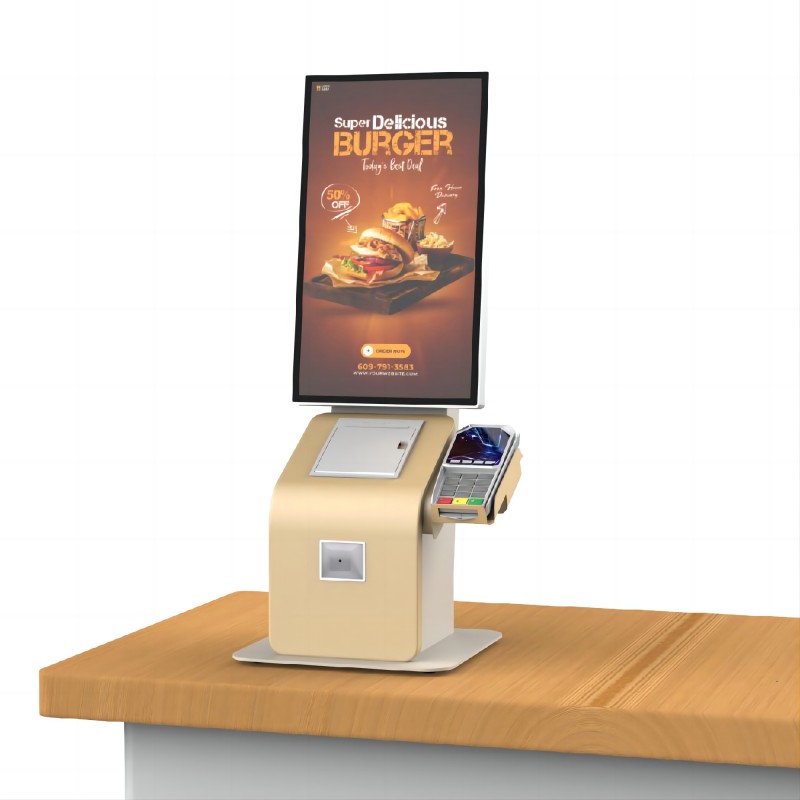--Introduction:
Provide an overview of the report's purpose and objectives.
Describe the data sources and timeframe covered by the analysis.
--Methodology:
Explain the methods used to collect, clean, and analyze the data.
Detail any statistical techniques, software tools, or models employed.
--Key Findings:
Present the main insights and discoveries from the data analysis.
Highlight trends, patterns, correlations, or anomalies discovered during the analysis.
Use visual aids such as charts, graphs, and tables to illustrate key findings effectively.
--Usage Analysis:
Focus on how the data is being used or consumed.
Provide metrics or KPIs (Key Performance Indicators) related to usage, such as:
Number of users or customers
Frequency of use
Time spent per session
Features or sections accessed most frequently
User engagement metrics (e.g., click-through rates, bounce rates)
--Recommendations:
Based on the findings, suggest actionable recommendations or strategies.
These could include optimizations, improvements, or new initiatives based on the insights gained.
Prioritize recommendations based on their potential impact and feasibility.
--Conclusion:
Summarize the key findings and insights discussed in the report.
Reiterate the significance of the findings and their implications for decision-making.
--Appendix:
Include any supplementary information, detailed data tables, or technical details that support the main report.
Provide information on data sources, definitions of metrics used, and any limitations of the analysis.
--Tips for Creating an Effective Report:
Clarity and Accessibility: Ensure the report is clear and accessible to both technical and non-technical stakeholders.
Visual Presentation: Use visual aids effectively to enhance understanding and highlight key points.
Actionable Insights: Focus on providing actionable insights that can drive decision-making.
Accuracy and Validity: Ensure the data analysis methods are rigorous and the findings are supported by the data.
Executive Summary: Consider including an executive summary at the beginning for quick insights for busy stakeholders.

--Content Creation and Editing:
WYSIWYG Editor: A "What You See Is What You Get" editor that allows users to create and format content similar to using a word processor.
Media Management: Capability to upload, store, and manage images, videos, documents, and other media files.
Version Control: Ability to track and manage different versions of content revisions.
--Content Organization:
Taxonomy and Tagging: Tools for categorizing and tagging content to facilitate navigation and search.
Content Templates: Pre-defined templates for different content types (e.g., articles, blog posts, products) to maintain consistency in presentation.
--User and Permission Management:
Role-based Access Control: Assigning specific roles (e.g., administrator, editor, contributor) with varying levels of permissions.
User Authentication: Secure login mechanisms to control access to the CMS backend.
--Publishing Workflow:
Drafts and Scheduled Publishing: Ability to create content drafts and schedule them for future publication.
Approval Processes: Workflow features for content review and approval before publication.
--SEO and Metadata Management:
SEO Optimization: Tools to optimize content for search engines, including meta tags, URLs, and sitemaps.
Metadata Management: Options to add and manage metadata (e.g., title, description) for better content indexing and discovery.
--Responsive Design and Themes:
Responsive Templates: Themes or templates that are mobile-friendly and adapt to different screen sizes.
Customization: Options to customize the appearance and layout of the website without coding.
--Analytics and Reporting:
Integration with Analytics Tools: Ability to integrate with third-party analytics platforms to track website traffic and user behavior.
Built-in Reporting: Basic reporting features within the CMS to monitor content performance and user engagement.
--E-commerce Capabilities (optional):
Product Catalog: Features for managing and displaying products/services.
Shopping Cart and Checkout: Integrated tools for online transactions and payments.
--Security Features:
User Authentication: Secure login with password policies and two-factor authentication.
Data Encryption: Encryption of sensitive data to protect against unauthorized access.
Regular Updates: Software updates and patches to address security vulnerabilities.
--Integration and Extensibility:
APIs and Plugins: APIs for integration with other systems and plugins/extensions to extend functionality.
Third-Party Integrations: Integration capabilities with CRM systems, email marketing platforms, social media, etc.